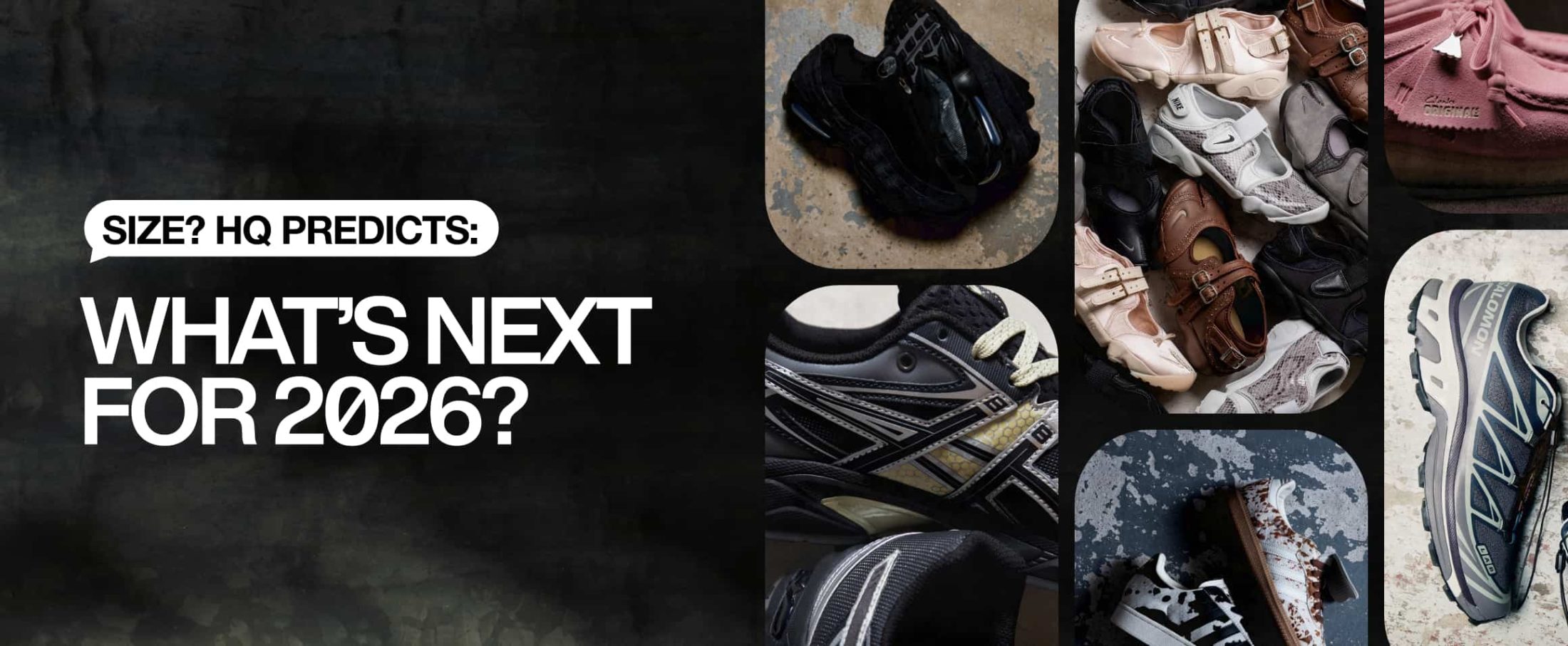5 Minutes with Nike SB’s Paul Rodriguez

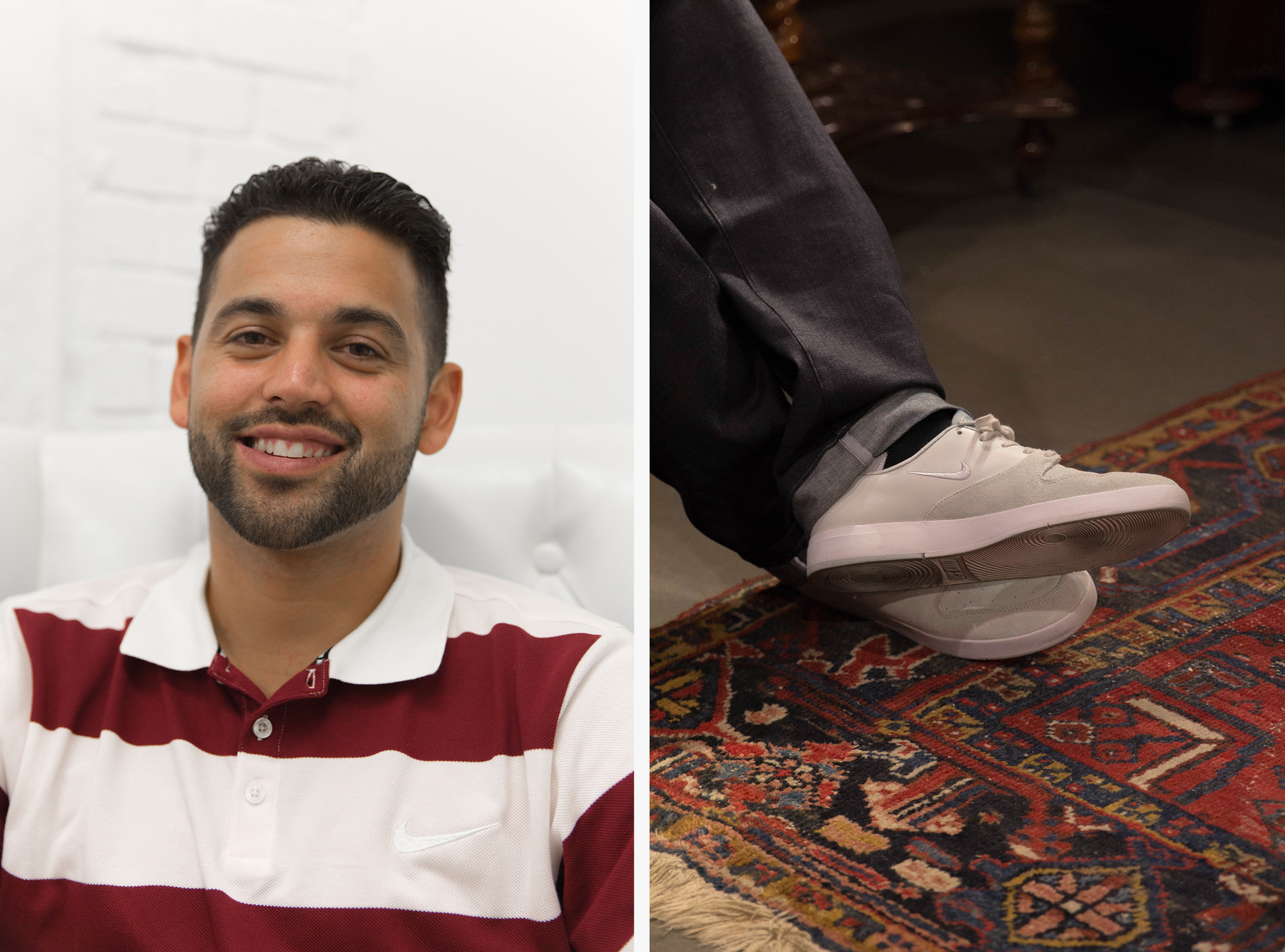
As an athlete, being given the opportunity to have your own signature model with your name attached to it is often a once-in-a-lifetime opportunity. Years of hard work and graft have led you to this point, where a brand is proud enough to endorse your capabilities and represent them on a global scale by putting your name to a product.
Paul Rodriguez was first given this chance back in 2004 when he first signed for Nike SB, and went on to become the first skateboarder with the brand to be gifted an official signature shoe. The closest this had come to happening in the two years prior was the original four rider colourways created by foundation team members Danny Supa, Gino Iannucci, Richard Mulder and Reese Forbes. Fast forward 13 years, and Paul is now proudly presenting the tenth installment in his signature line, an achievement only reached by a very select handful of athletes across any leisure activity.
We were fortunate enough to be able to sit down with him while he was over in London for Go Skateboarding Day 2017 with Nike SB, and got the chance to ask him a bit about his historic relationship with Nike SB and how his past 10 shoes have led up to this latest release.
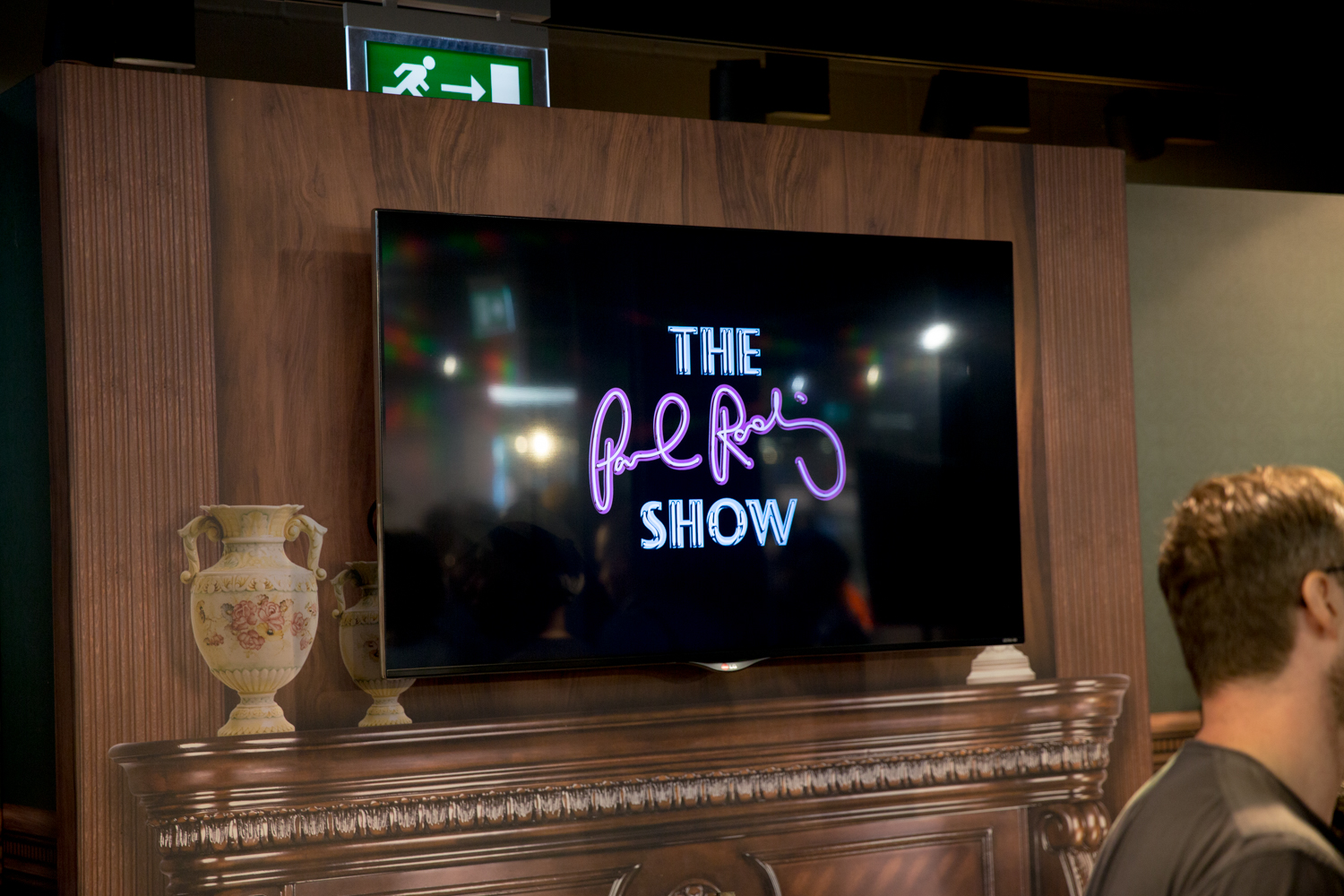
Could you talk us through a little bit about the design process when you’re creating a new shoe in the series, do you have a bit of a debrief of how the last installment performed?
Yeah for sure, usually it’s a year between shoes so you just see how the market responds, if you see kids out there wearing them or not and kind of work from a trial and error process from there. Usually when we’re doing a new shoe we tend to try and forget about what we did on the last one, even if it was a shoe that people really liked, we start a fresh. Whenever I get a new designer assigned for each project, we sit down and have a lengthy conversation and they’ll just pick my brain about all sorts of weird personal things that can help them design. What my interests are, what music I’m listening to at the time, they’re getting a real feel for who I am and use this info to build towards the shoes personality.
For me the important part to convey to the designer is how I want it to really function, how I want the shoe to feel when I’m skating and what my needs are for that purpose. So I usually rely on them more so to present me with the design and aesthetic aspects of the shoe because that’s just not where my talent lies, I’m not a great designer or anything. I know what I like if I see it, but I’m not the guy to be able to bring something out of my mind and create it. So that’s kind of how the process goes, I give them the things I need for it to function and they’ll go sketch up something, usually a page or two of 10-20 different drawings, and I’ll indicate the one’s I’m feeling. We’ll then start to narrow it down until we finally get a proper drawing that we’re happy with. They’ll make a sample that I’ll receive a couple of months later, and then I’ll try them out and see how they feel, see if there are any tweaks needed. It’s a constant back and forth sample process from then to get to the point where everyone’s happy, it looks good, skates good, and we’re cool to proceed to the next stage.
Did you have to go through quite a few samples for this release?
So this is actually the second shoe, the first version they showed me was completely different. I’ve learned over the years that you have to be honest, you don’t have to be rude or mean, but if it’s a collaborative process you have to be able to say if you like it or you don’t, you know what I mean? It’s very important otherwise you’re just going to say yes to everything, and you might end up with something good, but then again you might not. So they brought it to me, and I was like “It’s a nice shoe, it’s cool, but it just doesn’t feel like ‘The Number 10’.” It needed to make a statement as a milestone shoe for me. The way I described it to them was like “I wanted it to be like Kobe’s last game, 60 points, ‘drop the mic’ kind of thing, and for whatever reason they came back with this, and for me and my tastes I was instantly like, “That’s it!” It sings to me, it’s saying 10 to me, and I really think they did a great job and I’m very proud of it. We’ll see how it does in the marketplace in the next few weeks and see how the public responds, then it’ll verify if that feeling was correct or not.
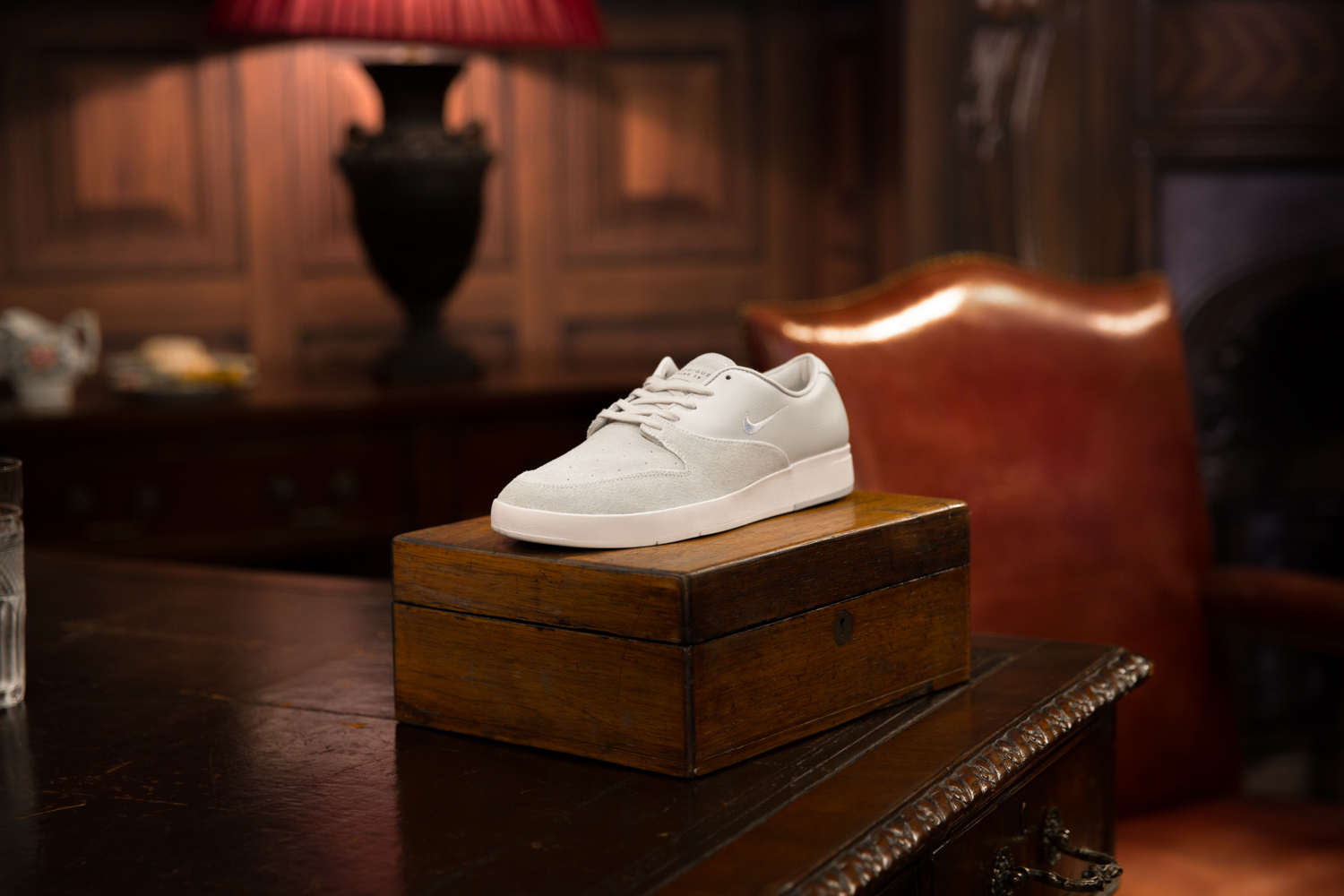
Yeah definitely. So do you have a specific designer you use on all you’re shoes or does it vary from shoe to shoe?
Sometimes I’ll work with the same guy one or two times, but usually it’s the powers that be that will assign me to a designer, and that’s kind of always how it’s worked.
It must be quite a privilege for them though as well I guess working with someone of your calibre.
Yeah I hope so! I hope they’re stoked on the project you know. Like you’re going to want everyone involved to be just as excited about it as you are as that’s how you can achieve your best work.
So when they’re going through the initial intro process with you, do they explain what sort of Nike design background they’ve come from at all to bring influence from? Or is it more predominantly designers with a history on SB?
Yeah they will if you ask them, sometimes I don’t have a mind that thinks too much about that, I don’t always know to ask those sorts of things you know what I mean? I’ve never really had any bad experience with any designer, I think probably one of the most important criteria of being a designer is being open to suggestion, being very thick skinned and adaptable to someones needs and be critiqued.
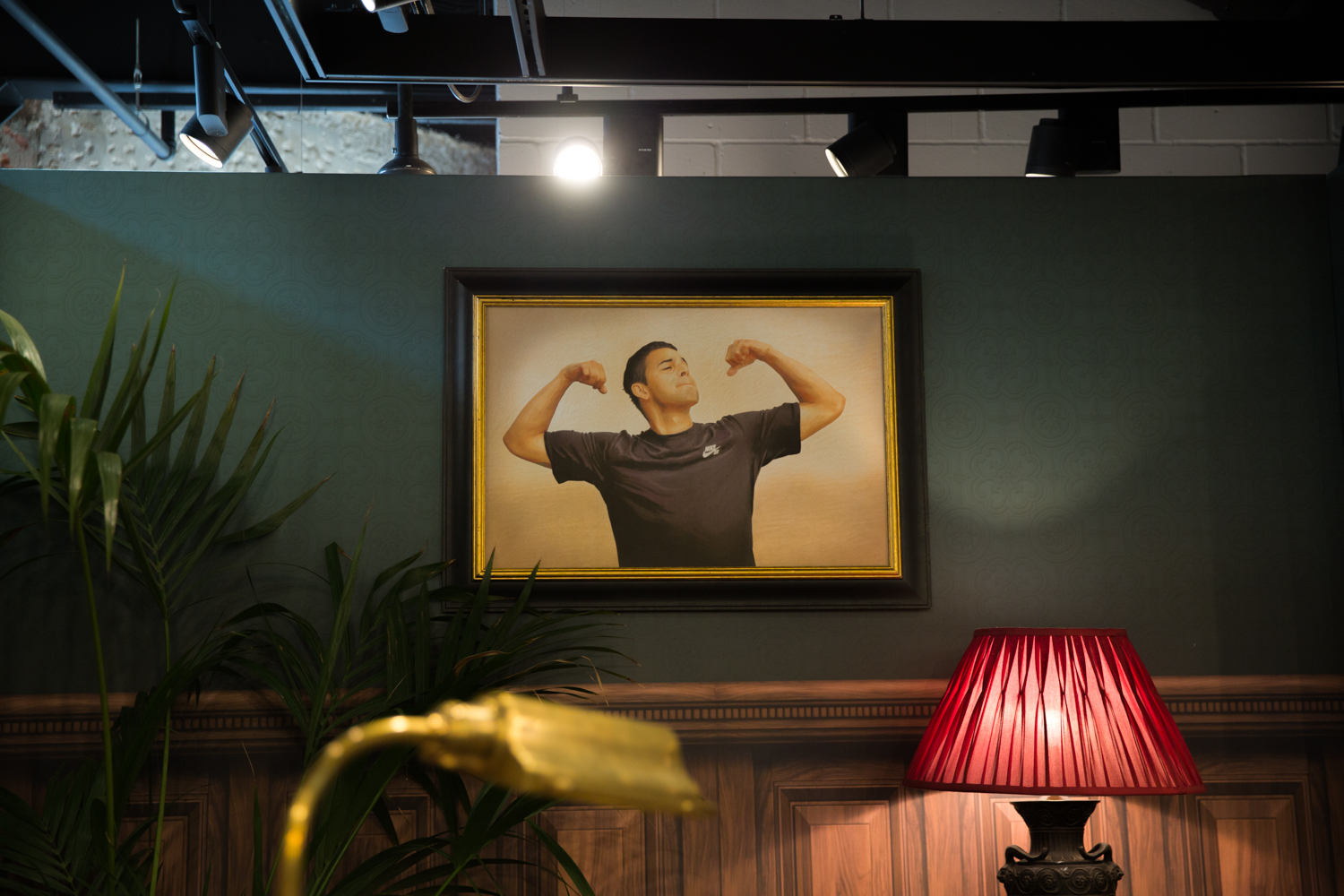
You touched a bit on board feel earlier. With each development in the line, does it change how you want to feel on a board, or is there always a specific feeling you aim towards and work out a way to get there?
I wouldn’t say every shoe is the same, I’d say there’s usually a period where on two or three my criteria for how I want them to feel will be the same, and then like maybe after a couple years as a person you evolve and change, and maybe your feelings have changed, or you’ve had an injury which was more nagging so you might want a little more cushioning in a particular area. For the most part for me it’s been the same. I grew up in the cupsole era, so I’ve never been that much of a vulcanised guy. In more recent years I have been more accustomed to trying out vulc versions of my shoes When I was younger and hucking myself down big sets of stairs I always liked to have some sort of cushion underneath me. At this point in time, cupsole for me is still where it’s at. I know a lot of people love vulcanised shoes, and they look really nice too, but for whatever reason for me I just felt that there wasn’t enough protection for the bottom of my feet as I still like to do a bit of jumping, but people still manage to do it in the Vulc’s and they seem to be doing fine!
It’s almost a completely different feeling for sure, take a Stefan Janoski for example has a very flat feeling compared to something with a full Zoom bag in it.
Yeah for sure, at the end of the day you don’t want too much obstruction between you and your board, you want it to feel like it’s an extension of your body, so I try to find that perfect balance. I try to find a point where you feel like you’re protected enough and you’re not vulnerable, but I still need to feel the nuances of my board, the curvature, the grip.
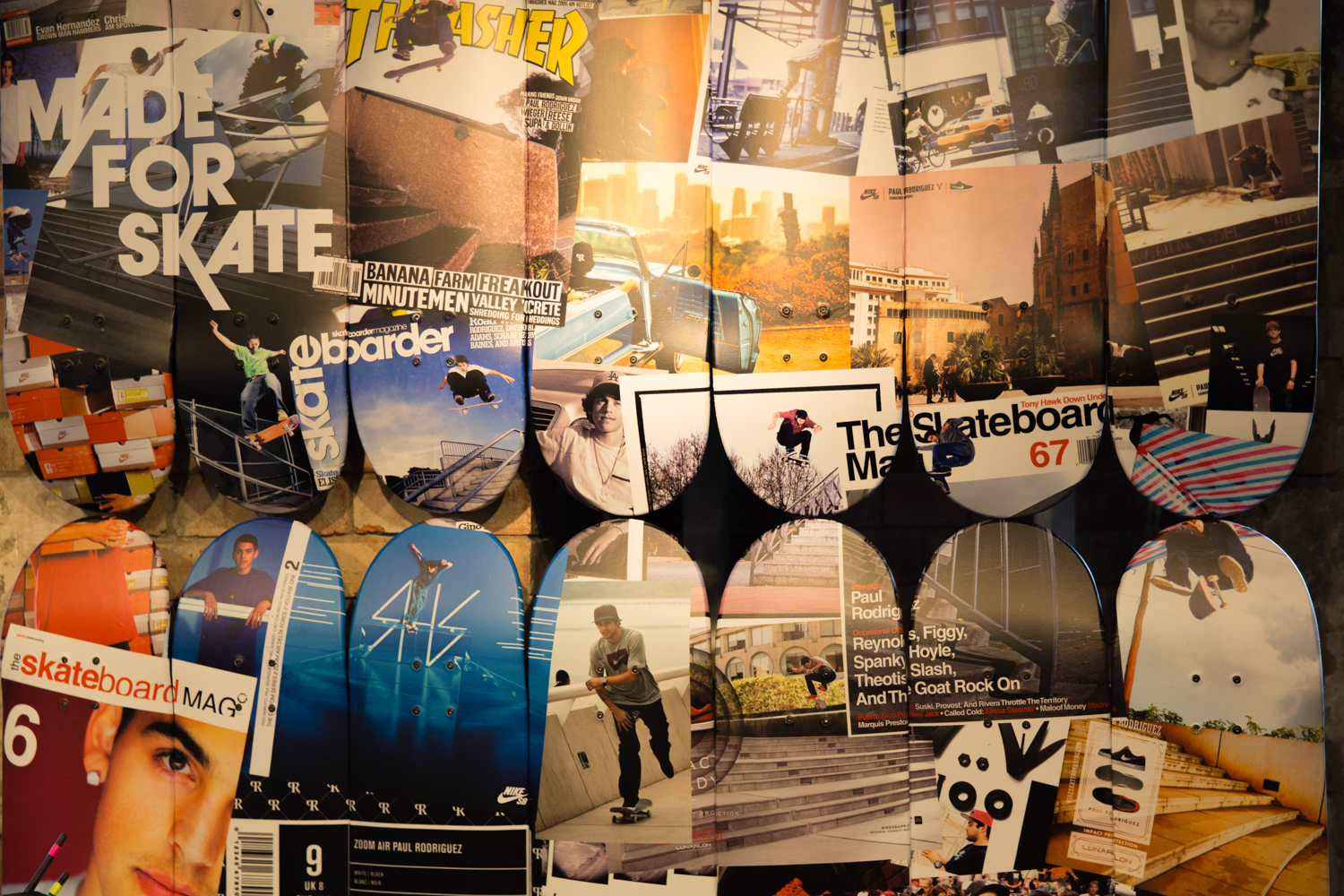
Are you ever drawn to adding in elements you’ve used on previous shoes into a new design, any small design details or things that worked well in the past?
Yeah we have, I’m trying to think back! My 5 and 6 were very close to each other, the 6 was definitely an evolution of the 5, but I think that’s really like the only case that that’s happened throughout my shoes. With the 6 it was like “Yeah this is obviously the new updated version of the one before”, they’re definitely brother and sister, but the other ones don’t seem related as much. Like I said before a lot of times we’ll just start from scratch and put our minds onto new sights and throw away what was in the past to look forward to keep trying to reinvent yourself. Sometimes it works, sometimes it doesn’t, but you can’t be afraid to try. That’s the number one thing for guaranteed failure, if you have a fear of failure or fear of criticism you’re just going to paralyse yourself and end up never taking action you know?
Are they ever any hidden or subtle design details within each shoe that have a special meaning to you? Say for example when the first Boston 1 came out on SB, he had a lot of subtle hints towards his love for golf in the toe box stitching?
usually not on the regular first release, but mores when we drop the Quickstrike ones there’ll be like the area code where I grew up in, or like a hint of my culture and mexican heritage, they’ll do that usually on those ones. But nah usually on the regular shoes, lets see do we have any here?
(Paul took off his shoe to give it a quick once over and double check for any details)
You’ve got the octagon with the extra two strike through lines to reference the ’10’, but not always, to be honest, there’s not a lot to me man! I just love to skate! So there’s not too many other stories I’m trying to tell, I just skate all the time and I love it, and I’ve done it since I was 12, and here I am 32 years old still doing it. But over that last 20 years I’ve kind of just been so focused on that, so occasionally I’m just like raising my head and realising there’s this whole world out there, but that can come after skateboarding!

I thought it was interesting what you mentioned earlier about Nike designers getting inside your head to get abstract personality traits out of you, a bit like Tinker used to do to Michael Jordan and his process of trying to create a story within a shoe…
Yeah, they’re trying to get in your head and help express things for you. An athletes mind works a little differently to a designers, so it’s sometimes hard to explain or verbalise what it is you actually want. It’s definitely a talent that results in a special person like Tinker, he is essentially the Michael Jordan of shoe design you know what I mean? So you’ve got to have a special understanding of how to tell the story of that person, even though you’re not that person, but you want to do that story justice for the athlete. I’ve got mad respect for that skill, it’s very important.
So your latest creation is a lot more minimal compared to the past nine shoes, what was the thought process behind stripping it back?
I just kind of thought, lets just stop over trying, like we’re overthinking this, we’re not trying to fly to space here in some rocket boots. I just want to have a nice, classic, tried and true silhouette with classic materials for skateboarding. In my mind, the innovation is always in the actual act of skateboarding first and foremost. Of course you’re going to innovate products using the technologies that are available, and it helps protect your body and all that, but for the most part, my attitude is to leave the innovation to the actual skating, the evolution of tricks being done.
To draw comparison, the skateboard has still been made out of wood since skateboarding began. So nobodies trying to make this crazy new type of skateboard because that’s not where the innovation is needed, it’s in what you do with that piece of equipment. I just don’t want to try too hard, I want the type of silhouette that will stand the test of time and if you look at all the shoes that manage that, they’re not wild, crazy designs. Just very simple, clean, there’s something about that simplicity and cleanliness that’s always… it’s timeless. That’s the word I was looking for!

Looking at cushioning, in the P-Rod 10 you’ve got Zoom Air placed in the heel, and in the past you’ve played around with Lunarlon also. Have you found Zoom a bit more comfortable to protect from heel bruising on impact or is there not too much of a difference?
Man they’re both really effective, what I like about it for this release is that I started off with the Zoom in the very first shoe, so it was more about coming full circle back around to the Zoom. I love Lunarlon, I’ve had a lot of great experience with it so I don’t have a preference, but I just felt for the story we’re telling and for the fact that it’s the ’10’, I just liked the idea of that full circle to bring us back to the beginning.
The Nike SB P-Rod X is available online and in size? stores now.


